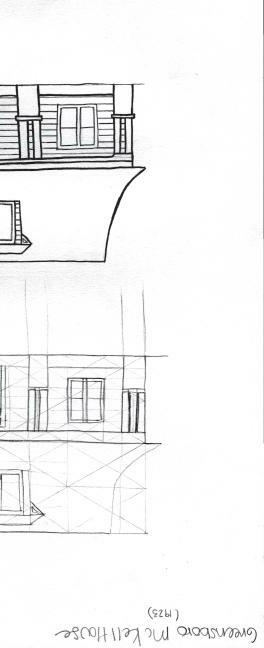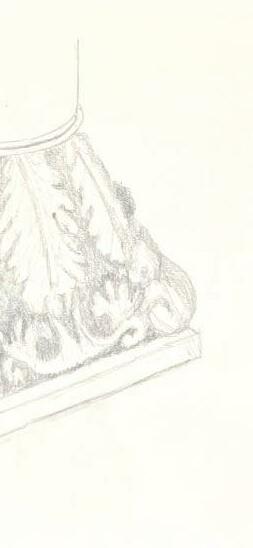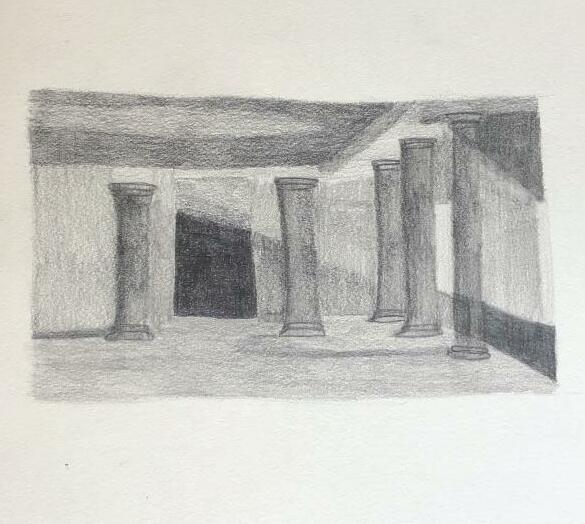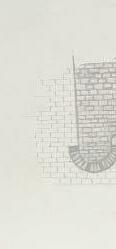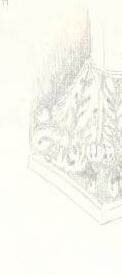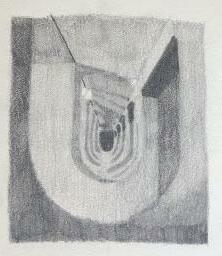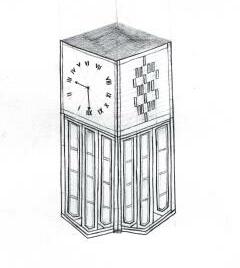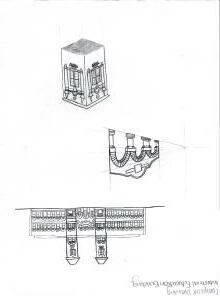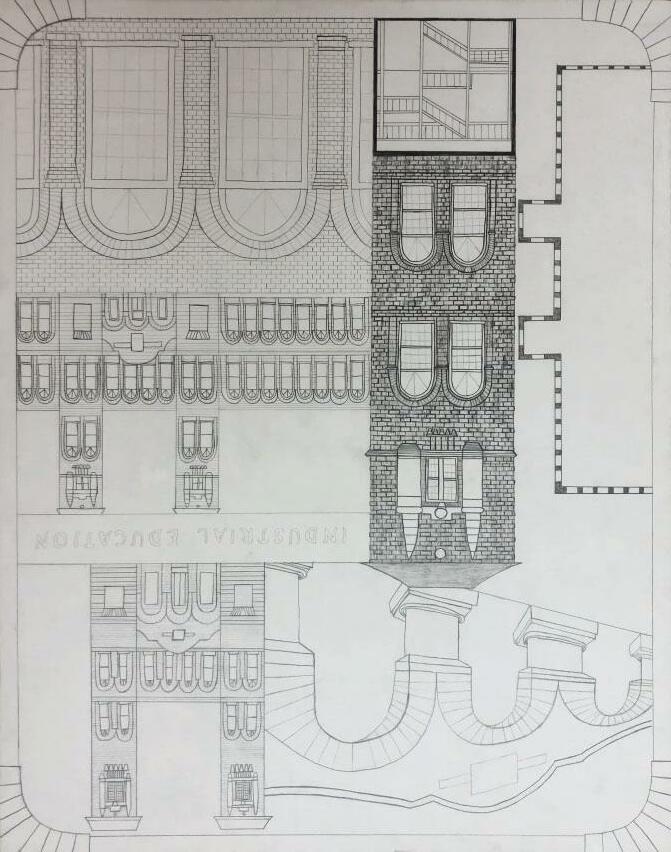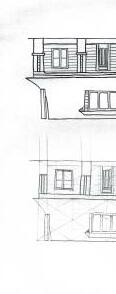HANNAH TIDWELL College of Architecture, Art, & Design Mississippi State University











The design of this mixed use apartment building considers the idea of living in nature. The theme of “Living in Nature” is an idea that allows the residents to connect with their natural surroundings while they are within an urban area.

PinkCirculation and Community Space WhiteResidential/ Private YellowRetail/ Public
Afternoon Sunlight
Blue shows the units. These towers were made to the size of the units and to where there would be 6 units per floor level.






The First Rendering is an exterior view of the building. The second rendering is inside a typical unit. This is a view from the kitchen looking into the living room. The third rendering is of the interior of a unit, looking into the kitchen and living room area. The fourth rendering is of the main bedroom in a unit. The fifth rendering shows the opening of the center of the building that allows for circulation and an internal garden space. The sixth rendering is of the roof garden space. It features nice, green public spaces for the community.
 Axonimetric Section
Axonimetric Section





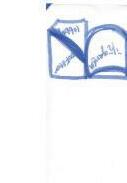
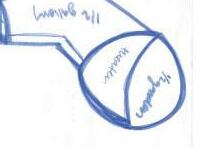
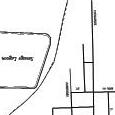
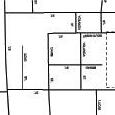
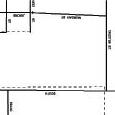
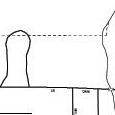
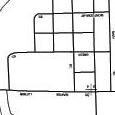
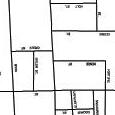
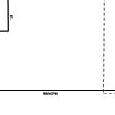
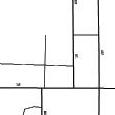
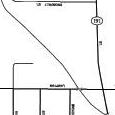
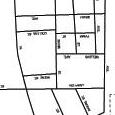
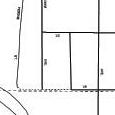
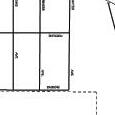
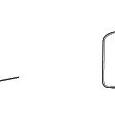
The Mound Bayou Renovation and Redesign project primarly focused on the historical significance of the town. When beginning the design, I wanted to make the addition different from the bank building so there would be a defined difference between the old and the new, while still keeping the existing building the focus of the project.
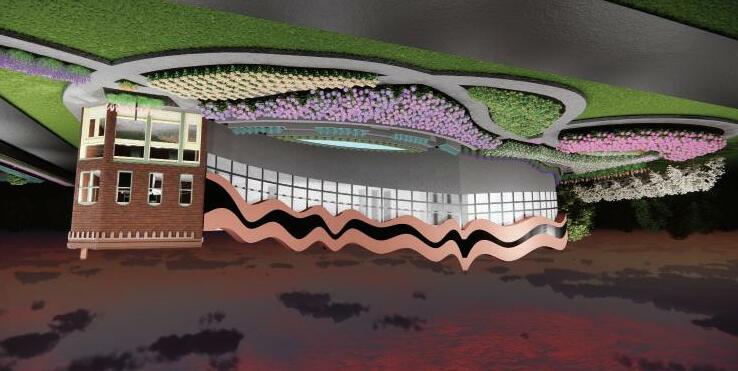
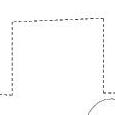
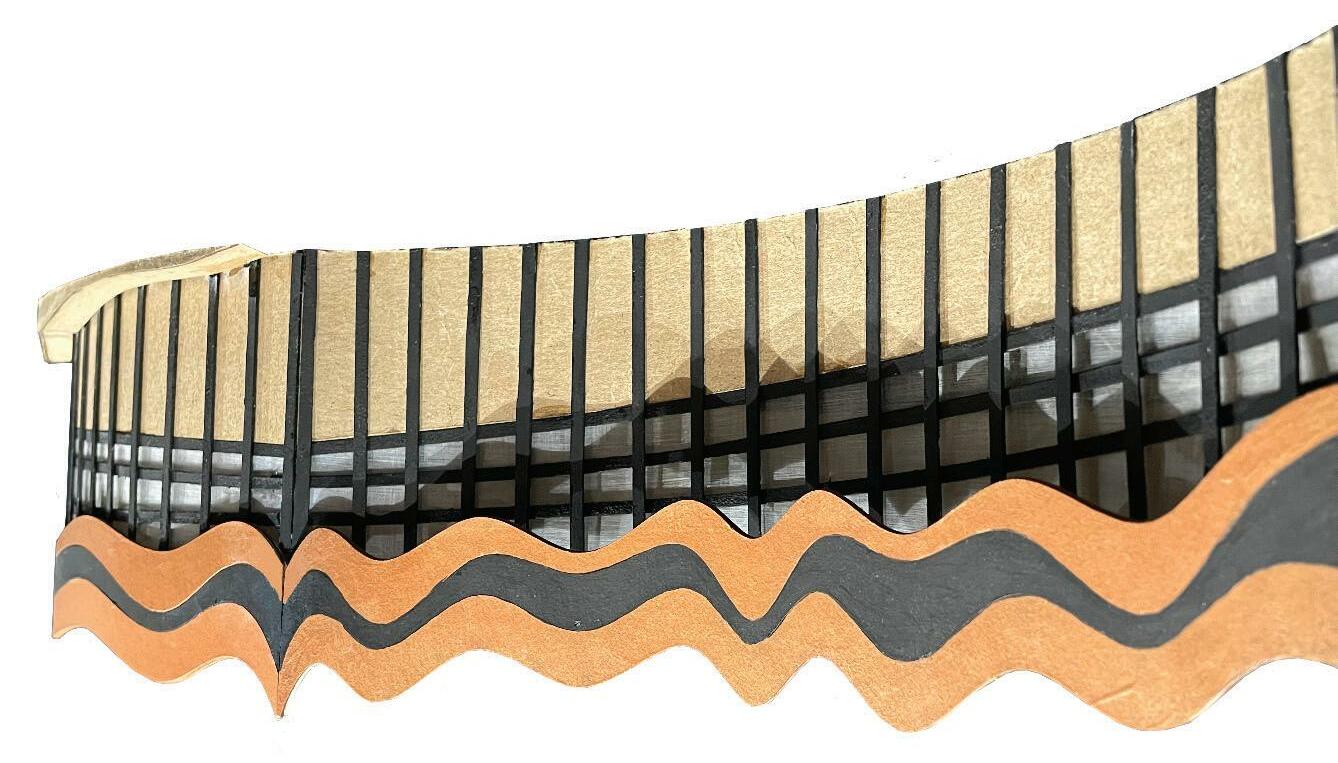
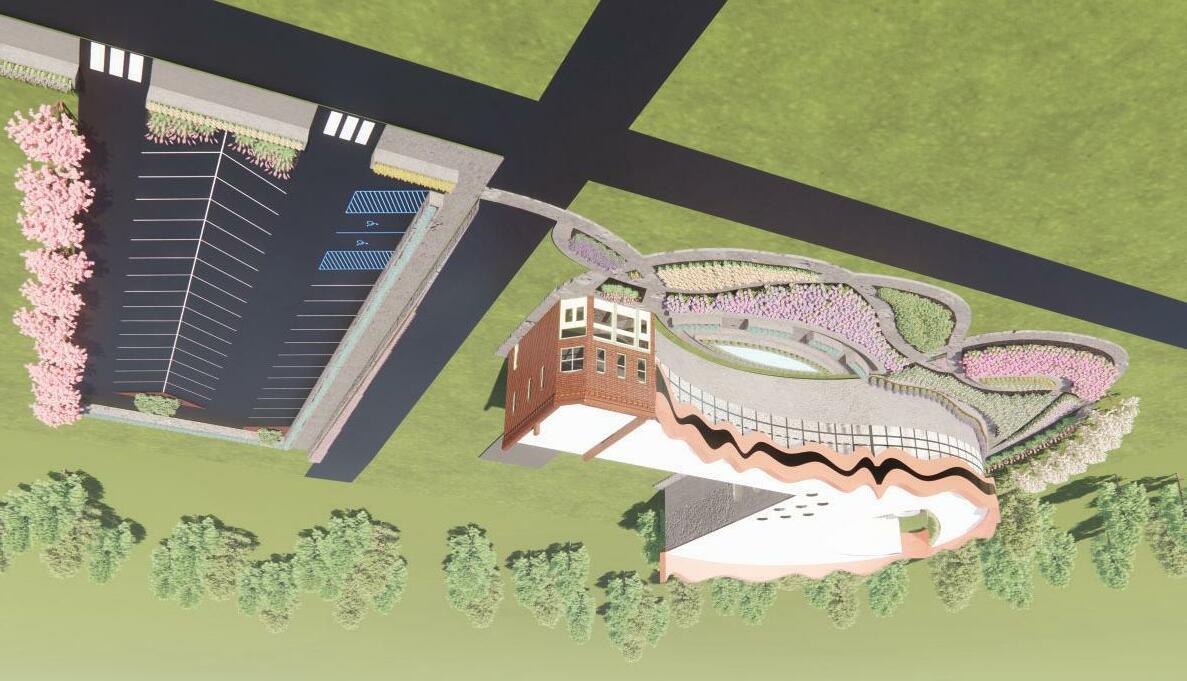
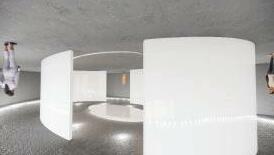
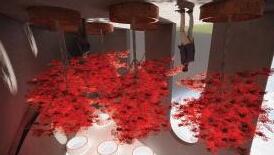
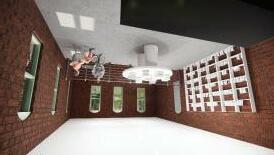
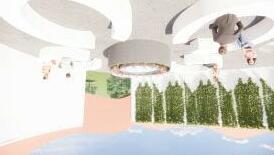
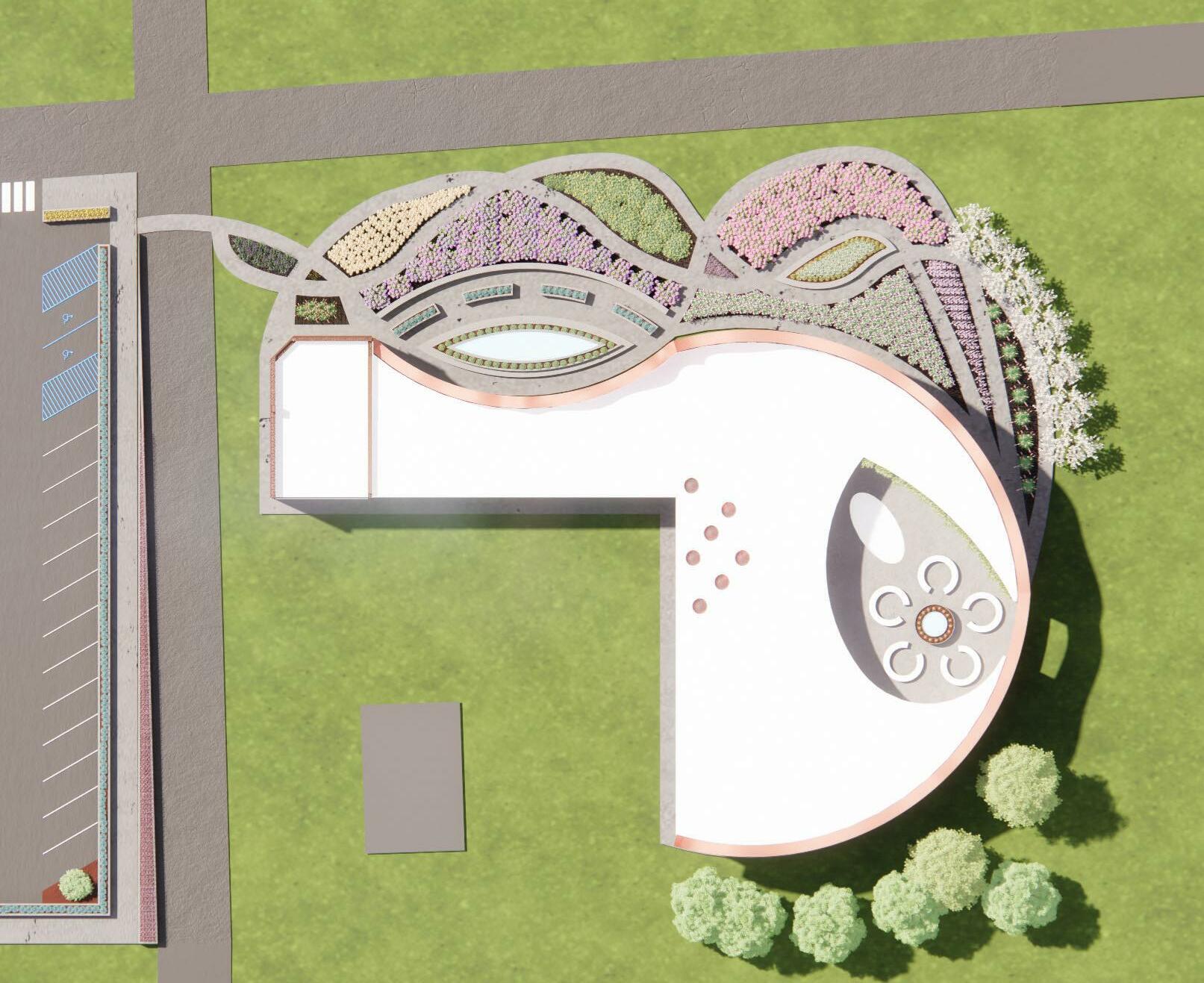

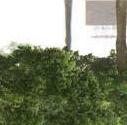
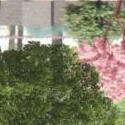
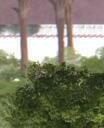
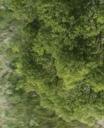
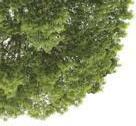

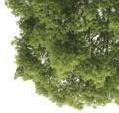



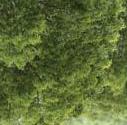




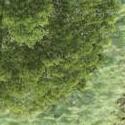
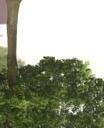
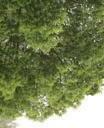
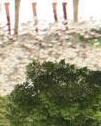
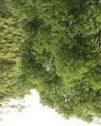
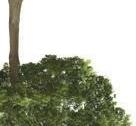

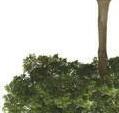

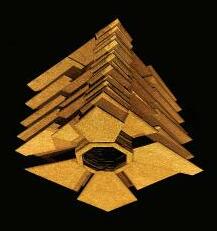
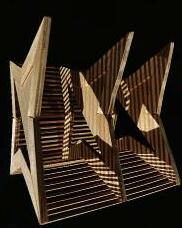
The Cube Project was an exercise to determine the definition of what makes up a cube. Through this project I was able to look at how light affect different spaces as well as how edges can define a shape.
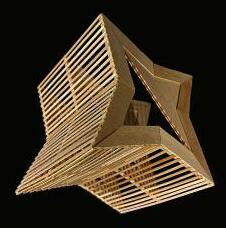
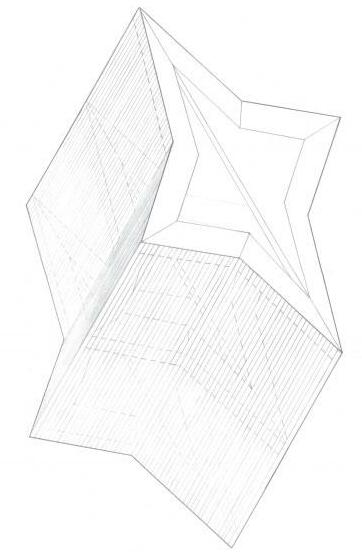
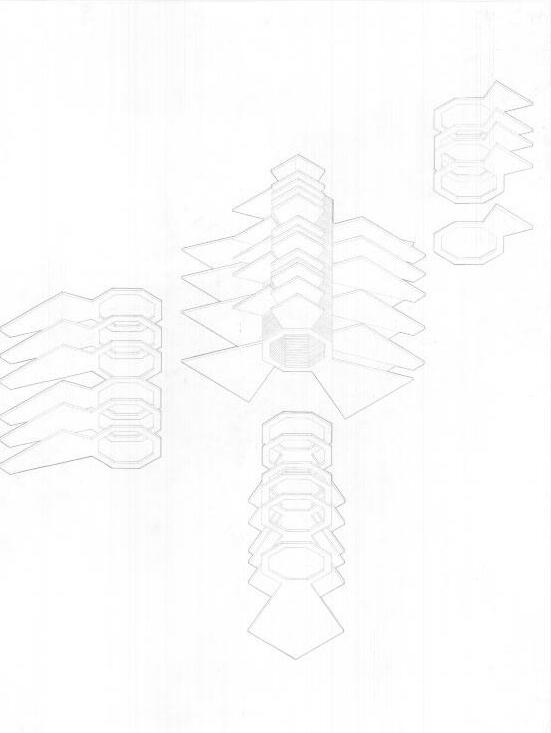
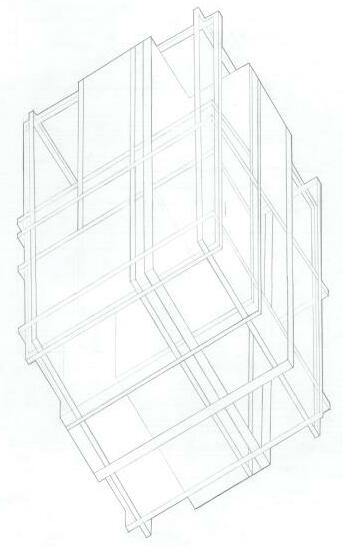
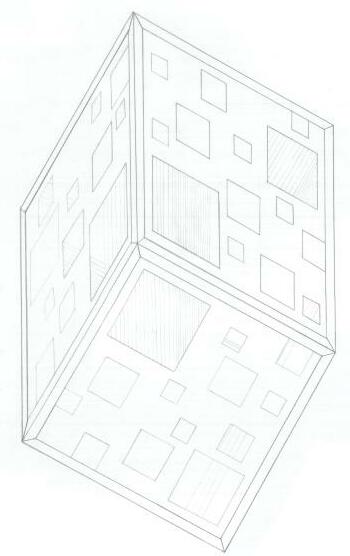
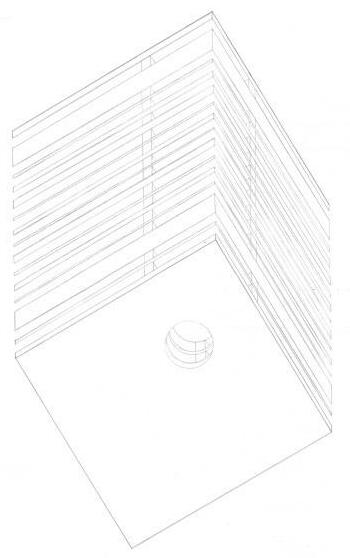
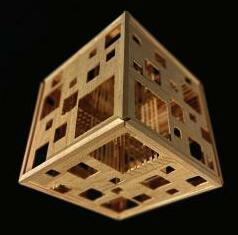
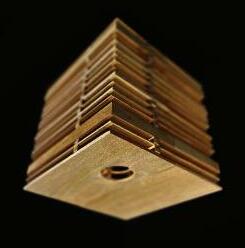
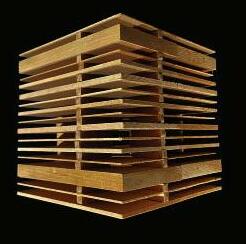
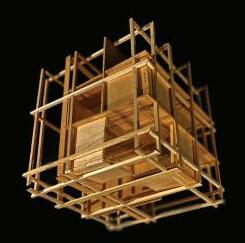
The design of the art gallery began with a given shape size and verbs that where used to formulate a shape. After those shapes were created they were then looked at in a section view. This was used to create different moments throughout the building. Once a shape was chosen, a program was added to the shape and different levels were created. Light was one of the main factors in the design of the art gallery.
This is a model of the form of the building. It shows the openings and outdoor spaces that would be utilized in this design.
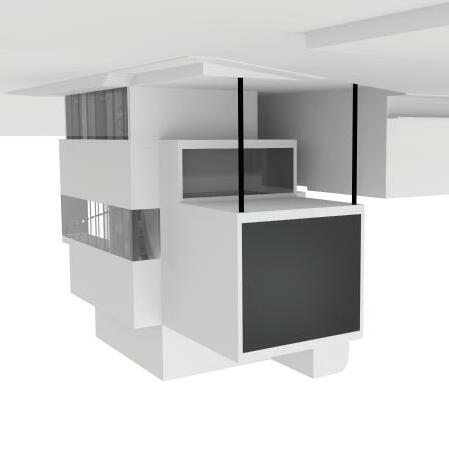
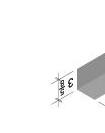
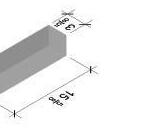
 Group Members: Kassie Beasley, Alana VIce and Ada Fulghman
Group Members: Kassie Beasley, Alana VIce and Ada Fulghman
The design of “The Ripple” was created with the incorporation of natural curvatures to facilitate the movement of water down the surface of a wall. The intention inspired the name and also the shape, similar to the movement of water itself, and has other features with highlight the curves and uniqueness of this design. One of these features is the surface of the block itself, whose undulating curves create the opportunity for dynamic shadowing, showcasing the natural texture of the concrete and inviting illumination. The blocks interaction with organic elements also extends to weathering: rainfall interacts with concrete facades by washing over them, which can leave deposits of dirt as well as staining from accumulated chemicals on the continous channels down the block wall prevent dirt from accumulating while simultaneously welcoming the weathering from rainfall that could provide darker staining along the concave curves on the surface, further highlighting the “Ripple”.
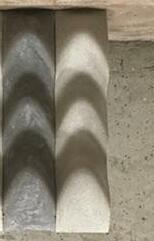







The 3D printed hook component, when installed, would wrap around the front of a selected block, and create a connectionpoint along the wall for foliage. The attachment also adds a visual element of verticality , contrasting with the organic curves of the block. Climbing plants are encouraged to follow the curving channels of the surface, and the accessory attachments provide a place to connect to and guide the growth of the plants.


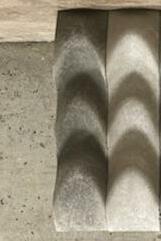


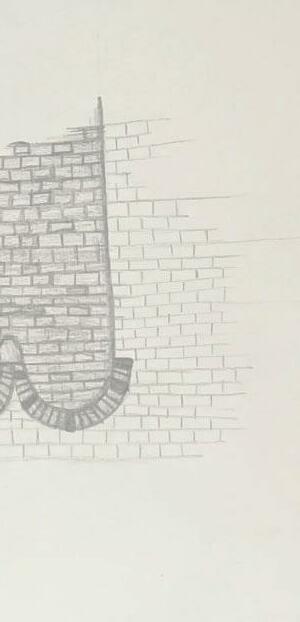






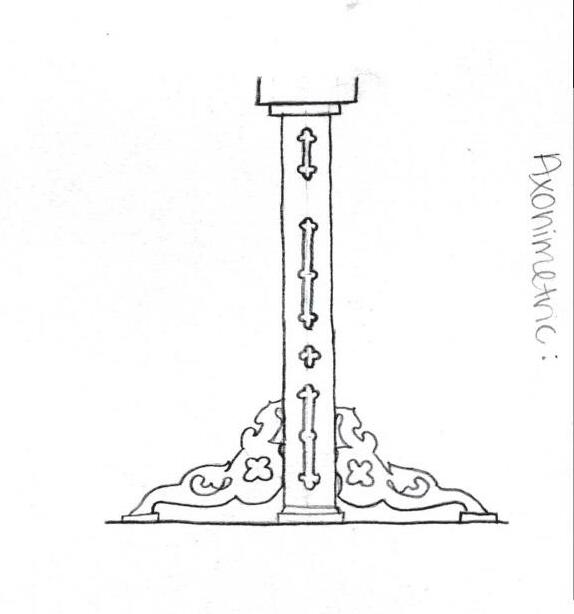
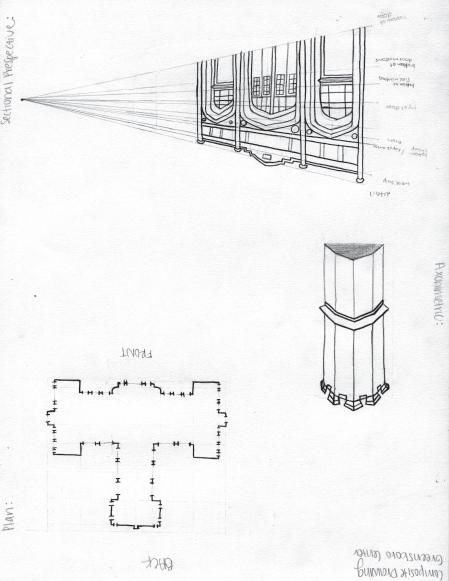



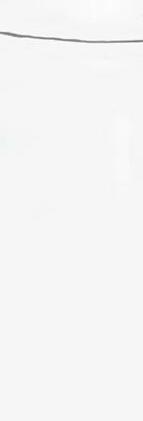












This is a drafted plan and elevation of The Luxembourg House. Architect: Richard Meier and Partners.



















